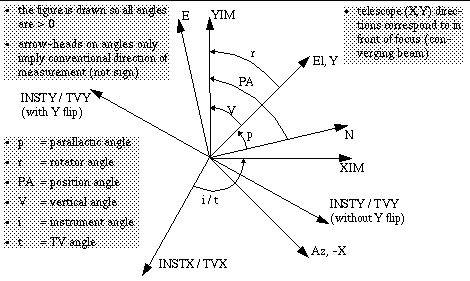FIGURE 1. Coordinate systems on the celestial sphere 1

See Coordinate systems on the celestial sphere illustrates the major telescope coordinate systems, presented as a 3D view from outside of the celestial sphere. It provides the context for the other coordinate system diagrams in this document, which are 2D representations of the view from inside the sphere and which serve only to indicate the relative orientations of the various coordinate systems.
FIGURE 1. Coordinate systems on the celestial sphere 1
|
See Coordinate systems on the celestial sphere indicates (as a bold line) an arbitrary direction on the sky which maps on to a guider or instrument detector column or slit which is to be kept at a fixed orientation relative to the North Pole (NP) or the Zenith (Z). The Figure illustrates the definitions of the parallactic (p), position (PA) and vertical (V) angles.
See Coordinate systems viewed from inside the celestial sphere uses the same terminology as See Coordinate systems on the celestial sphere but this time shows the view looking out from within (so there is a handedness flip) and orients North up (with East to the left). It only shows directions and is now 2D (think of it as showing the various directions at the star S). See Coordinate systems viewed from inside the celestial sphere also illustrates some differences between See Coordinate systems on the celestial sphere terminology and that of the rest of the document.
FIGURE 2. Coordinate systems viewed from inside the celestial sphere
|
See Telescope coordinate systems looking towards sky (excludes Nasmyth foci) illustrates the coordinate systems which are relevant to this document. It is valid for both Keck telescopes and for all but Nasmyth focal-stations (these differ because there is an extra elevation angle dependence due to the fact that the instrument is mounted off the telescope; see See Telescope coordinate systems looking towards sky (Left Nasmyth focus) and See Telescope coordinate systems looking towards sky (Right Nasmyth focus) ).
Note how See Telescope coordinate systems looking towards sky (excludes Nasmyth foci) is consistent with See Coordinate systems viewed from inside the celestial sphere : it has just been rotated to make YIM (the pointing origin Y axis; to be defined) point upwards. TV and instrument coordinate systems are shown together because they are handled in identical ways.
FIGURE 3. Telescope coordinate systems looking towards sky (excludes Nasmyth foci)
|
1. Adapted from Figure 1 of See UC TMT REPORT No. 49, "Geometrical Relations for an Altitude-Azimuth Telescope"